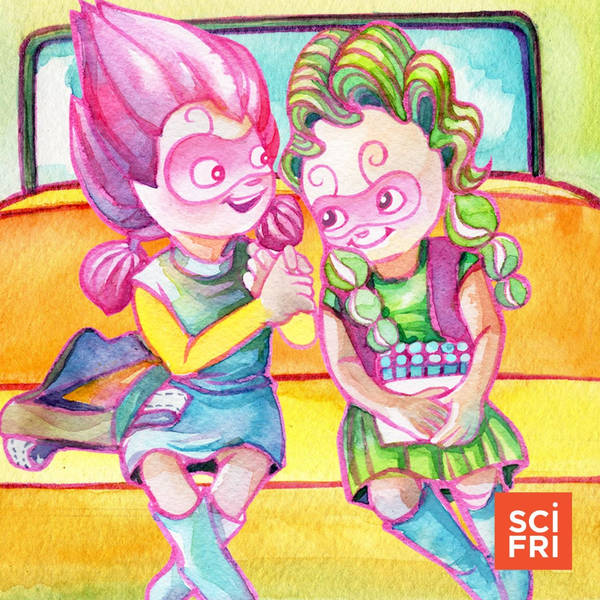
How Signing Characters Help Deaf Children Learn Language
This radio interview is an abbreviated version of the full video interview, available with ASL interpretation on Youtube.
Think back to your favorite childhood TV show—was it “Blue’s Clues”? “Little Bear”? “Winnie the Pooh”? Animated TV shows are important for kids because they can teach them to read, draw, spell, and talk. Plus, the ways these shows tell stories and create colorful, fictitious worlds can broaden children’s knowledge and capacity to imagine.
But children’s shows aren’t accessible to all deaf children, which means they could miss out on a common learning experience. Among other things, that can set kids back in learning both American Sign Language (ASL) and English language skills during their formative early childhood years.
Melissa Malzkuhn is third-generation Deaf and the founder and director of the Motion Light Lab at Gallaudet University in Washington, D.C. Her lab is creating ASL-focused children’s media that is made by and for the Deaf community, using motion capture technology, avatars, animation, and signing storytellers. She talks with guest host Arielle Duhaime-Ross about ASL access in childhood, the science of learning, and how she’s creating “Here Comes Mavo!”—the first animated TV series with signing characters.
Transcripts for this segment will be available the week after the show airs on sciencefriday.com.
Subscribe to this podcast. Plus, to stay updated on all things science, sign up for Science Friday's newsletters.
